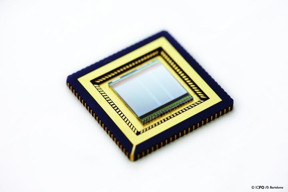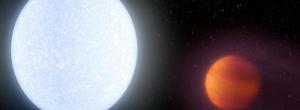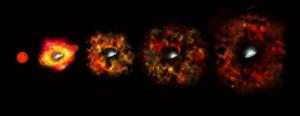Science
Hubble Astronomers Develop a New Use for a Century-Old Relativity Experiment to Measure a White Dwarf’s Mass

- Read more
- 520 reads
Mini-Flares Potentially Jeopardize Habitability of Planets Circling Red Dwarf Stars

- Read more
- 333 reads
Hubble's Tale of Two Exoplanets: Nature vs. Nurture
Atmospheres of Two Hot Jupiters: Cloudy and Clear

- Read more
- 415 reads
Graphene and quantum dots put in motion a CMOS-integrated camera that can see the invisible
Over the past 40 years, microelectronics have advanced by leaps and bounds thanks to silicon and CMOS (Complementary metal-oxide semiconductors) technology, making possible computing, smartphones, compact and low-cost digital cameras, as well as most of the electronic gadgets we rely on today.

Graphene-quantum dots-CMOS-based sensor for ultraviolet, visible and infrared.
- Read more
- 439 reads
Oxford Instruments Asylum Research and Microscopy and Analysis Present the Webinar: “Video-Rate Atomic Force Microscopy Enables New Research Opportunities”
Oxford Instruments Asylum Research in conjunction with Microscopy and Analysis will present the webinar “Video-Rate Atomic Force Microscopy (AFM) Enables New Research Opportunities”. Dr. Mario Viani, Director of R&D at Asylum Research, will present new results for scientists interested in exploring video-rate AFM for characterizing biochemical reactions, self–assembly, crystal growth, and other future research opportunities.

- Read more
- 421 reads
Human Rights
Visited:23,845,696
Fostering a More Humane World: The 28th Eurasian Economic Summi

Conscience, Hope, and Action: Keys to Global Peace and Sustainability

Ringing FOWPAL’s Peace Bell for the World:Nobel Peace Prize Laureates’ Visions and Actions

Protecting the World’s Cultural Diversity for a Sustainable Future

Puppet Show I International Friendship Day 2020






